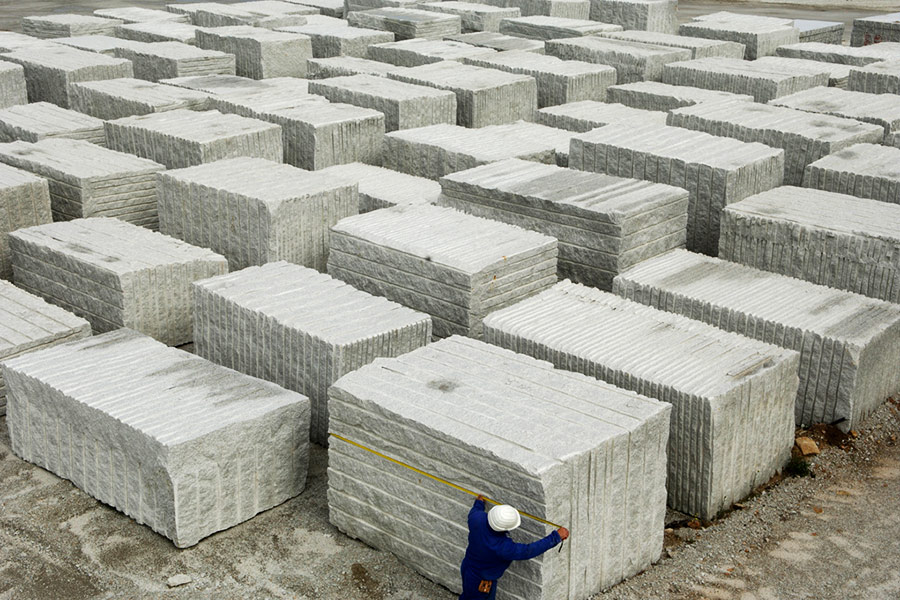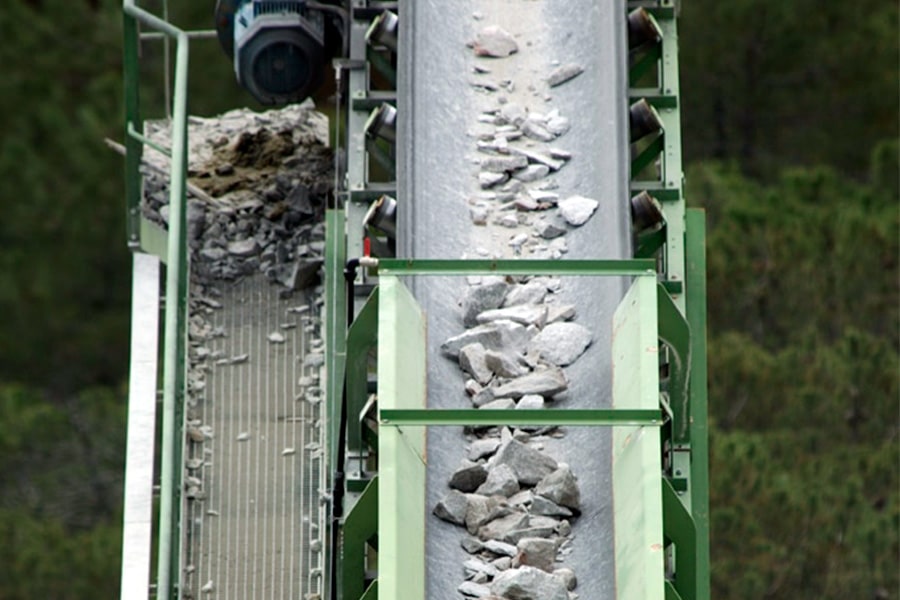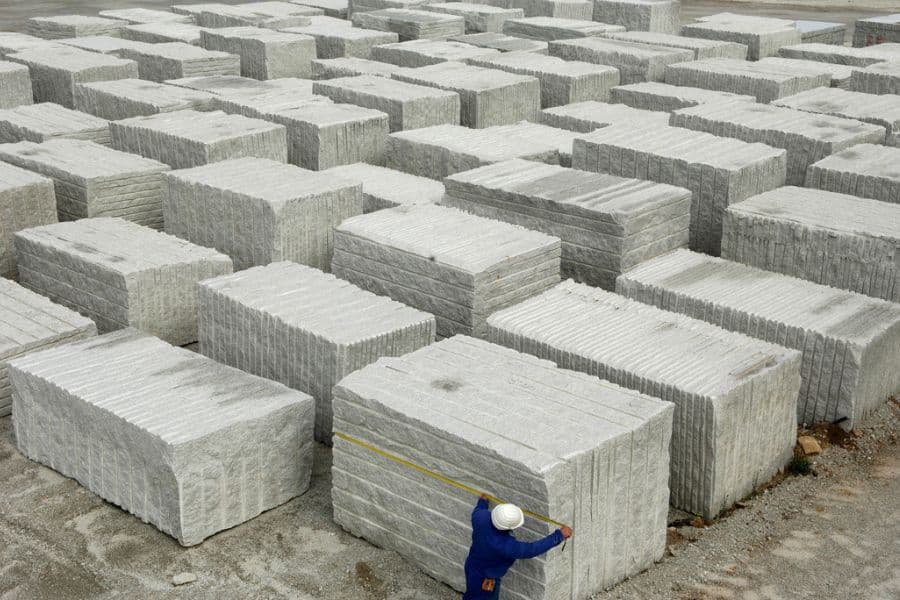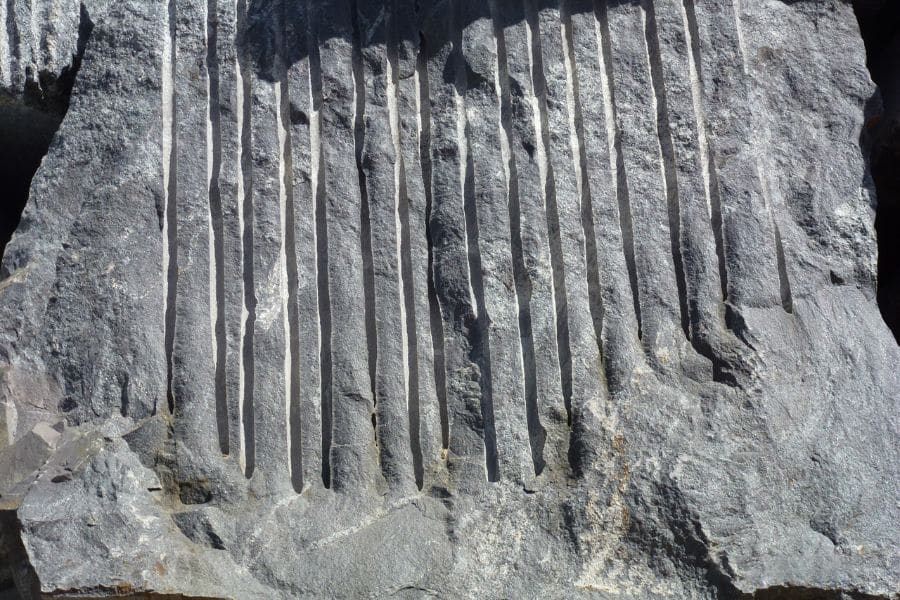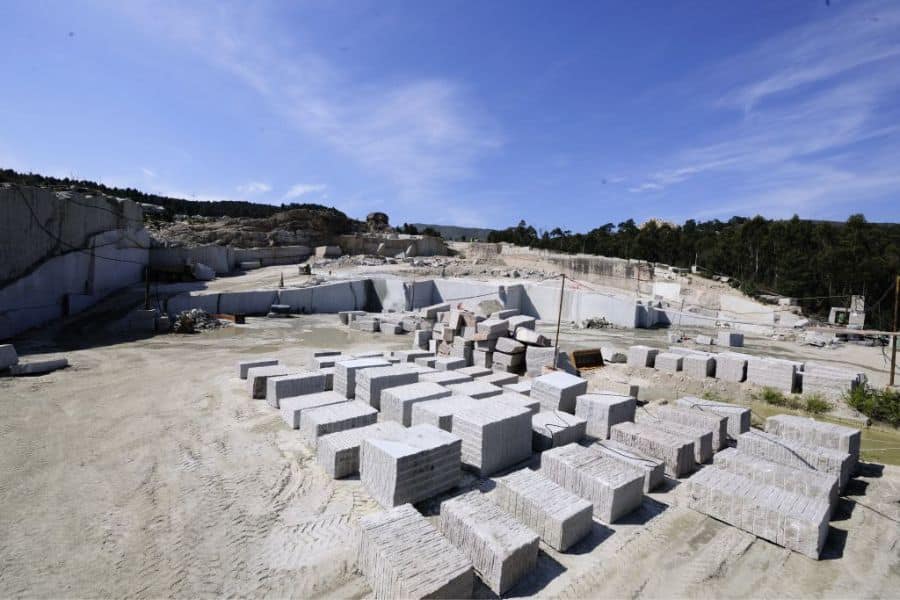Antibacterial properties of granite: a hygienic option for worktops
In a world where hygiene and cleanliness have taken on unprecedented importance, choosing the right material for kitchen and bathroom worktops takes on unprecedented relevance. Granite, known for its durability and natural beauty, is emerging today not only for these aesthetic and functional qualities, but also for its outstanding antibacterial properties. At Marcelino Group, our experience in countless interior design projects underlines the versatility and hygienic character of granite, demonstrating its ability to enrich every space with its elegance and functionality. Therefore, in this post we will go into more detail on how granite is the ideal material to guarantee hygienic surfaces.
What is an anti-bacterial material?
In the context of increasing hygiene and health standards, it is essential to understand what makes a material antibacterial. An antibacterial material is a material which, either by its natural composition or by specific treatment, is capable of inhibiting the growth or reproduction of bacteria. This capability makes it an ally in the prevention of contamination and the spread of disease, especially on surfaces that come into frequent contact with food, hands and everyday objects.
With this in mind, while there are a number of materials that offer antibacterial properties, granite stands out among them.

Propiedades antibacterianas del granito
Comparison with other materials
When granite is compared to materials such as wood or stainless steel, granite stands out not only for its aesthetic appeal but also for its superiority in terms of hygiene. Unlike wood, which can retain bacteria in its pores and fissures, or stainless steel, which despite its name can scratch and harbour bacteria in those scratches, granite retains its integrity over time.
Granite’s ability to withstand daily wear and tear without losing its natural beauty or hygiene is unparalleled. Materials such as laminate can deteriorate or peel over time, creating crevices where bacteria can proliferate. On the other hand, granite maintains a smooth, continuous surface thatcan be effectively cleaned and disinfected.
Granite applications

Granite in the kitchen: The importance of worktop hygiene
Far from being simple work surfaces, kitchen worktops become the epicentre of the home, where everyday life takes shape. Keeping these surfaces hygienic is essential to prevent the transmission of bacteria and to ensure the safety of the food we share with family and loved ones.
Such a surface must face daily challenges such as contact with hot elements, oils and frequent use of cutting utensils, which demands exceptional resistance. In this area, granite stands out for its heat tolerance, its hardness and its ability to repel most stains, marking a notable difference with materials such as marble or certain woods, which tend to be more vulnerable to damage and stains.

Granite in the bathroom: Cleanliness raised to the highest expression
The bathroom, a personal haven for grooming and relaxation, demands surfaces that not only reflect beauty, but also support impeccable hygiene. This is where granite, with its natural antibacterial properties, distinguishes itself as the ideal choice for worktops, sinks and floors.
Its robustness against humidity and the ease with which it can be kept clean make it the perfect candidate for environments that seek to combine functionality with refined design.
Care and maintenance of granite
To preserve the antibacterial properties and beauty of granite, it is important to follow some maintenance practices. For daily cleaning, we recommend the use of warm water and neutral soap, a mild solution that is effective without being harmful to the granite surface.
This is particularly important in kitchens and bathrooms, where frequent cleaning is essential to maintain a healthy environment. Avoiding the use of acidic or abrasive products is key, as these can damage the sealer applied to the granite and thus its stain resistance and surface integrity, preventing bacteria and micro-organisms from finding a place to proliferate.
By following these care and maintenance recommendations, granite worktops in the kitchen and bathroom will not only retain their beauty and durability, but will also continue to provide a hygienic and safe surface for the whole family.
If you are contemplating the renovation of your kitchen or bathroom and are looking for a material that perfectly harmonises aesthetics with advanced hygienic functionalities, we invite you to explore Marcelino Group’s wide range of granites. Contact us for more details and let our granites be the backbone of your next projects.












